Baby sibs
Recent articles
Is excess brain fluid an early marker of autism?
Brain scans of hundreds of infants suggest that up to 80 percent of those with autism have unusual amounts of cerebrospinal fluid. Researchers are studying how this might contribute to the condition.
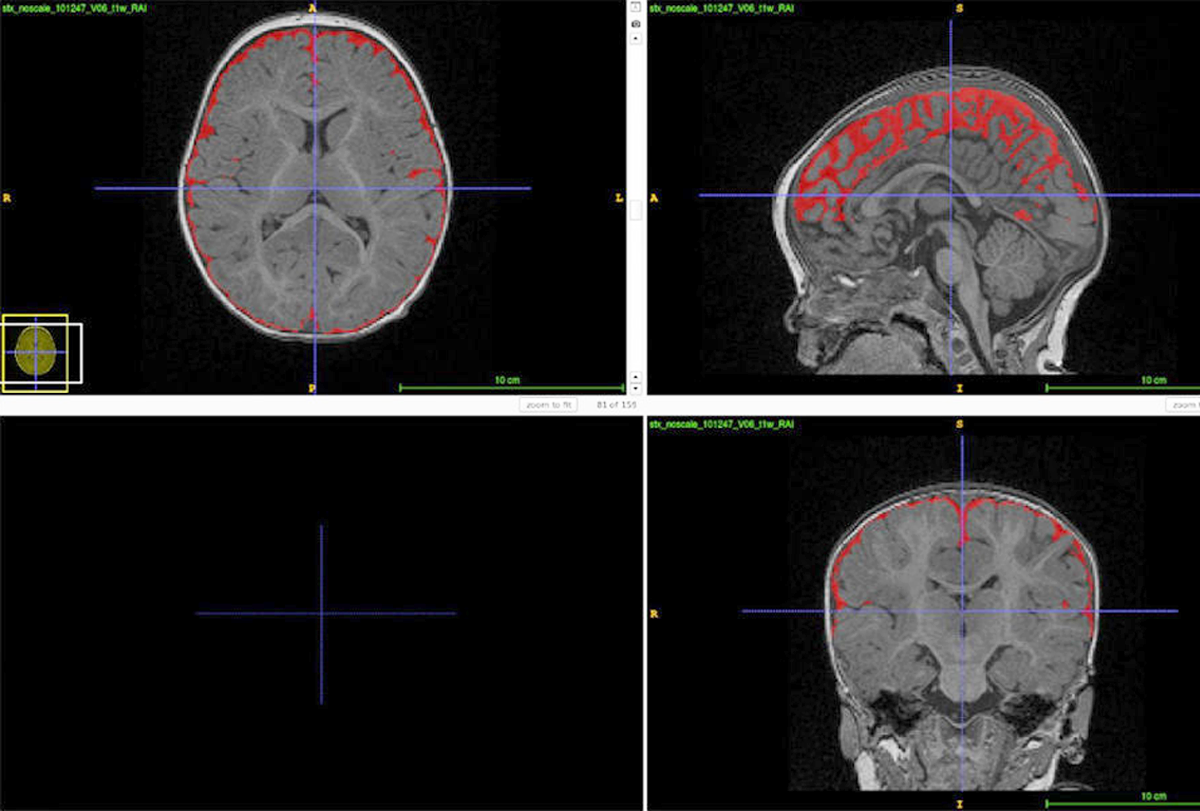
Is excess brain fluid an early marker of autism?
Brain scans of hundreds of infants suggest that up to 80 percent of those with autism have unusual amounts of cerebrospinal fluid. Researchers are studying how this might contribute to the condition.
‘Polygenic risk scores’ for autism, explained
These scores — composite measures of a person’s autism-linked common genetic variants — cannot predict an autism diagnosis but could help researchers better understand the condition’s underlying biology.
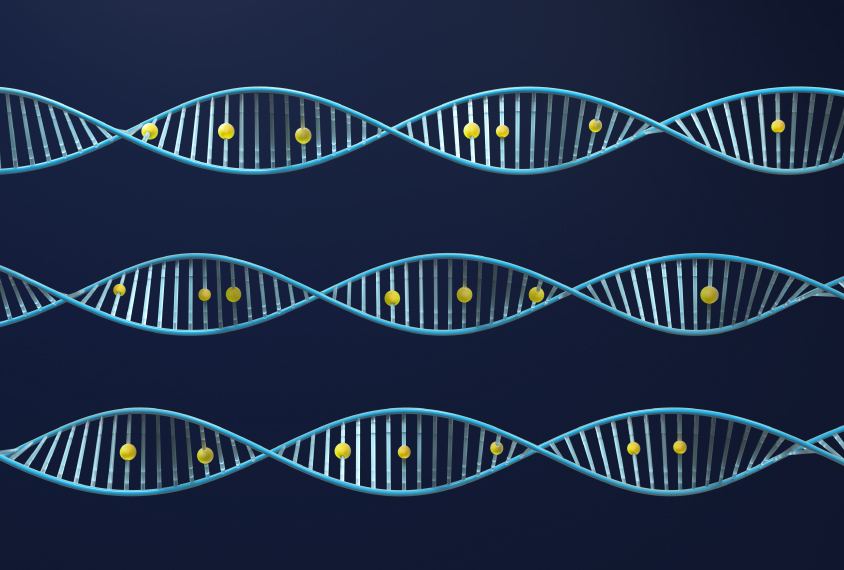
‘Polygenic risk scores’ for autism, explained
These scores — composite measures of a person’s autism-linked common genetic variants — cannot predict an autism diagnosis but could help researchers better understand the condition’s underlying biology.
Whole-genome trove ties new genes, variants to autism
A massive update to the MSSNG dataset gives qualified researchers ready access to explore autism’s genetic architecture on a cloud-based platform.
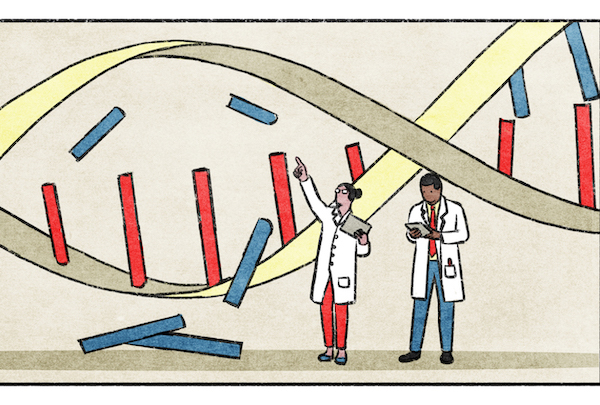
Whole-genome trove ties new genes, variants to autism
A massive update to the MSSNG dataset gives qualified researchers ready access to explore autism’s genetic architecture on a cloud-based platform.
Autism’s sex bias disappears after tracking trajectories
The male sex bias in autism may in large part be a product of how common diagnostic tools measure traits in boys versus girls at a single point in time, according to a new study.
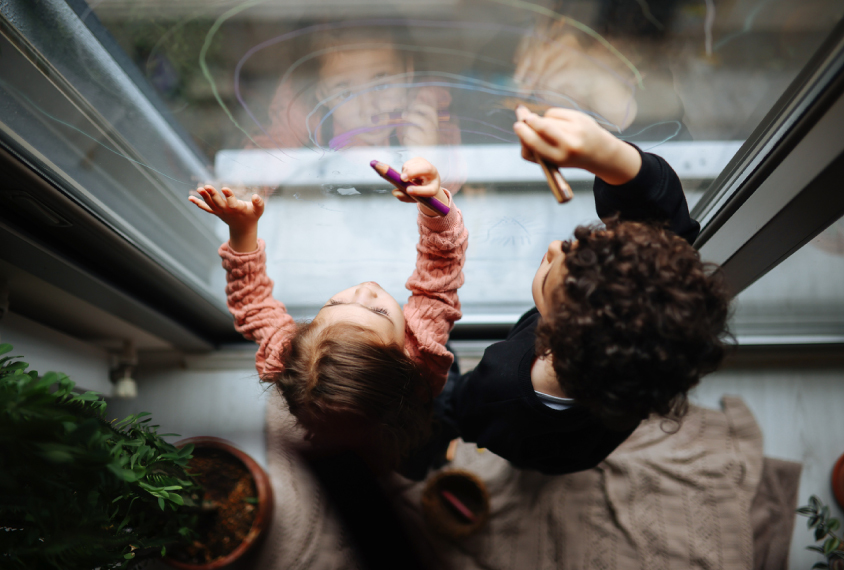
Autism’s sex bias disappears after tracking trajectories
The male sex bias in autism may in large part be a product of how common diagnostic tools measure traits in boys versus girls at a single point in time, according to a new study.
Brain’s early visual areas reflect autism’s heritability
Inherited genetic factors for autism influence brain development, new studies of autistic children and their younger siblings reveal.

Brain’s early visual areas reflect autism’s heritability
Inherited genetic factors for autism influence brain development, new studies of autistic children and their younger siblings reveal.
Structural brain changes foretell language skills in autistic infants
Increased white-matter maturation tracks with stronger language abilities later in childhood, but the relationship with cortical thickness is less clear.
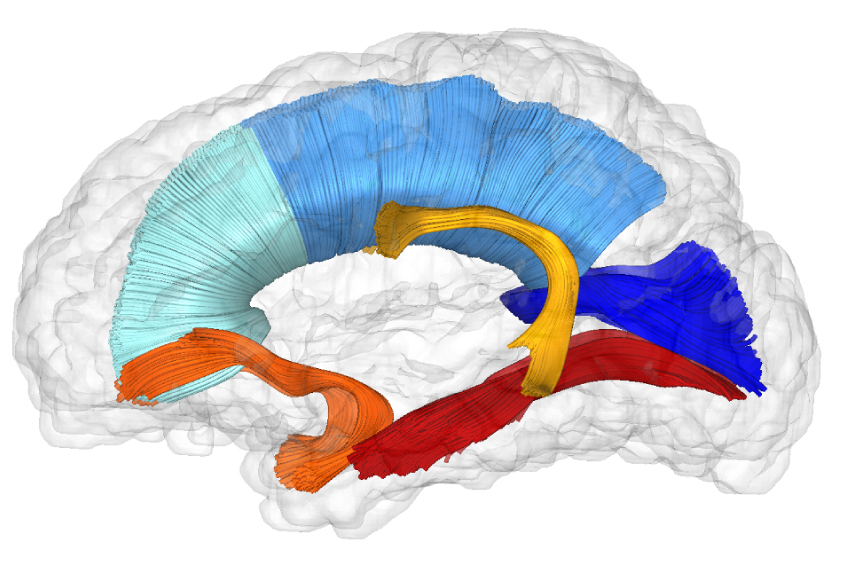
Structural brain changes foretell language skills in autistic infants
Increased white-matter maturation tracks with stronger language abilities later in childhood, but the relationship with cortical thickness is less clear.
Connecting autism-linked genetic variation to infant social behavior
Integrating genetic analyses into studies of babies’ brain development could help us understand how autism-related genes contribute to autism traits.
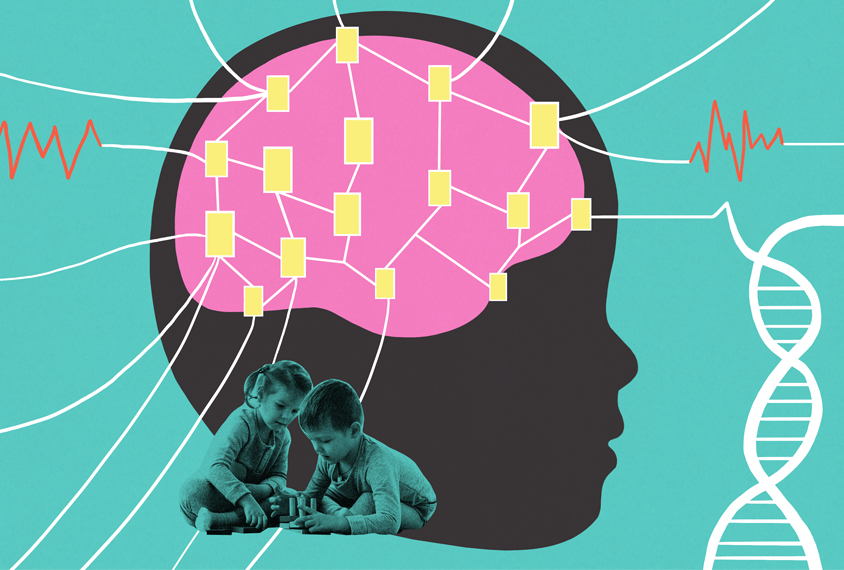
Connecting autism-linked genetic variation to infant social behavior
Integrating genetic analyses into studies of babies’ brain development could help us understand how autism-related genes contribute to autism traits.
Null and Noteworthy: Oxytocin, parental training, outcome assessments
In this edition of Null and Noteworthy, researchers open the case on acetaminophen and close it on oxytocin.
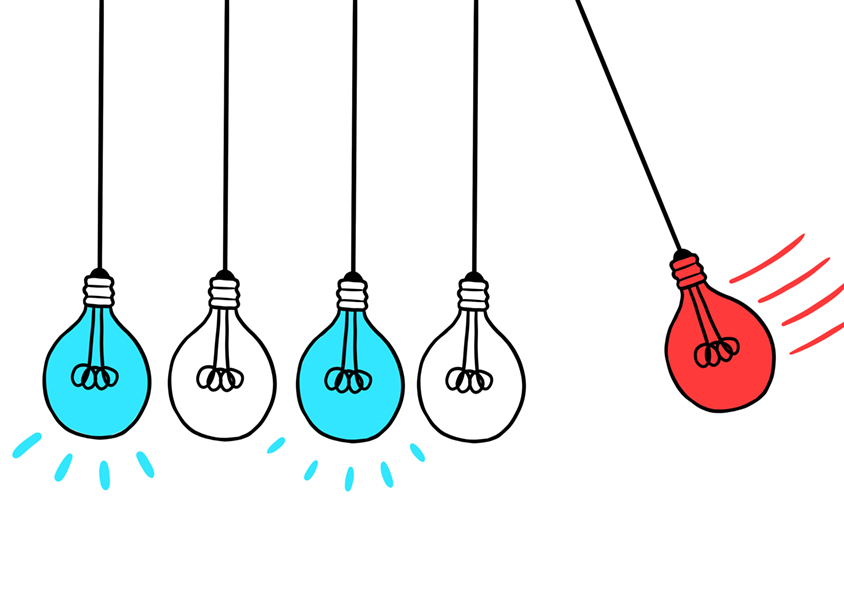
Null and Noteworthy: Oxytocin, parental training, outcome assessments
In this edition of Null and Noteworthy, researchers open the case on acetaminophen and close it on oxytocin.
Infant siblings of autistic children miss language-learning clues
So-called ‘baby sibs’ watch adults’ faces just as much as children without autistic siblings do, but they don’t understand spoken language as well.

Infant siblings of autistic children miss language-learning clues
So-called ‘baby sibs’ watch adults’ faces just as much as children without autistic siblings do, but they don’t understand spoken language as well.
Imaging study casts doubt on cerebellum’s role in autism during infancy
Connections between the cerebellum and brain networks do not seem to contribute substantially to the emergence of autism traits.
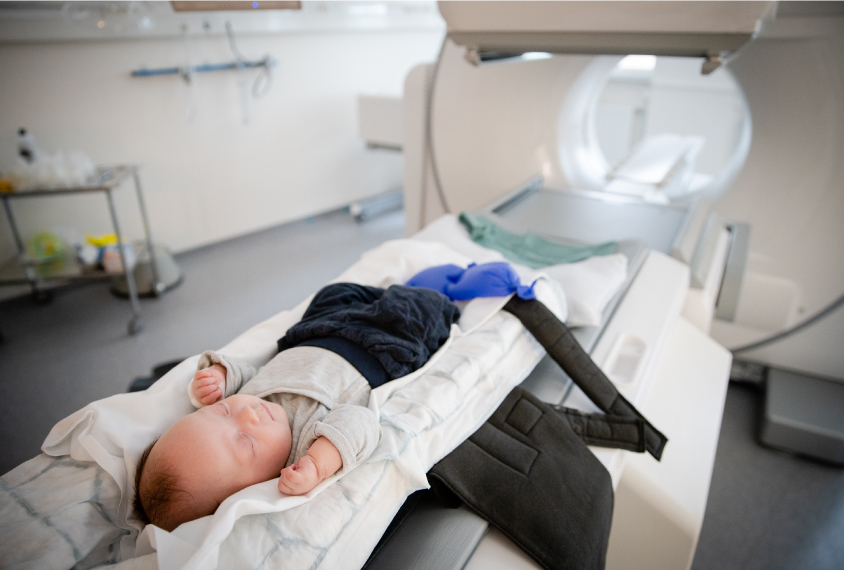
Imaging study casts doubt on cerebellum’s role in autism during infancy
Connections between the cerebellum and brain networks do not seem to contribute substantially to the emergence of autism traits.
Explore more from The Transmitter
Psychedelics research in rodents has a behavior problem
Simple behavioral assays—originally validated as drug-screening tools—fall short in studies that aim to unpack the psychedelic mechanism of action, so some behavioral neuroscientists are developing more nuanced tasks.

Psychedelics research in rodents has a behavior problem
Simple behavioral assays—originally validated as drug-screening tools—fall short in studies that aim to unpack the psychedelic mechanism of action, so some behavioral neuroscientists are developing more nuanced tasks.
New organoid atlas unveils four neurodevelopmental signatures
The comprehensive resource details data on microcephaly, polymicrogyria, epilepsy and intellectual disability from 352 people.

New organoid atlas unveils four neurodevelopmental signatures
The comprehensive resource details data on microcephaly, polymicrogyria, epilepsy and intellectual disability from 352 people.
Can neuroscientists decode memories solely from a map of synaptic connections?
Five experts discuss the progress, possibilities and hurdles of decoding a “nontrivial” memory from an organism just by analyzing its brain connectivity patterns.
Can neuroscientists decode memories solely from a map of synaptic connections?
Five experts discuss the progress, possibilities and hurdles of decoding a “nontrivial” memory from an organism just by analyzing its brain connectivity patterns.